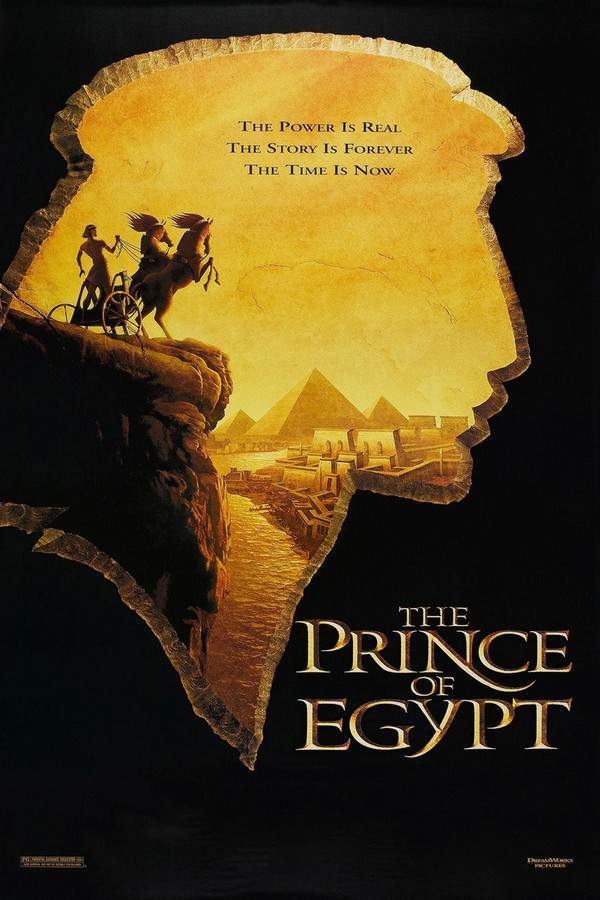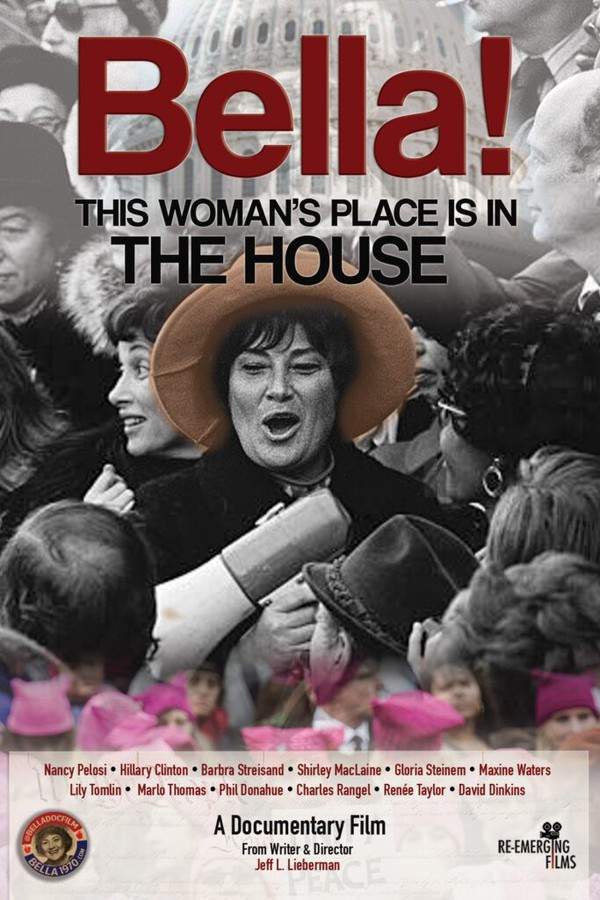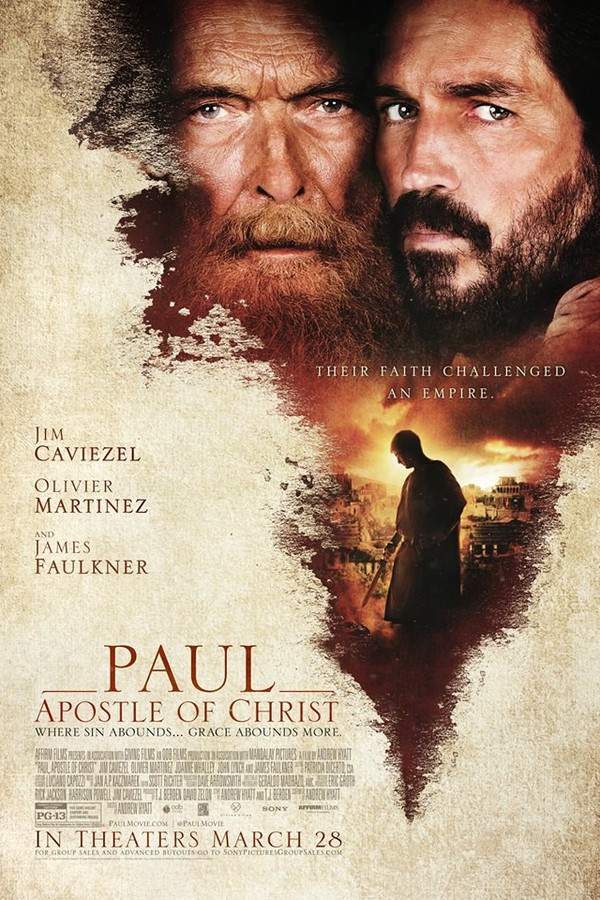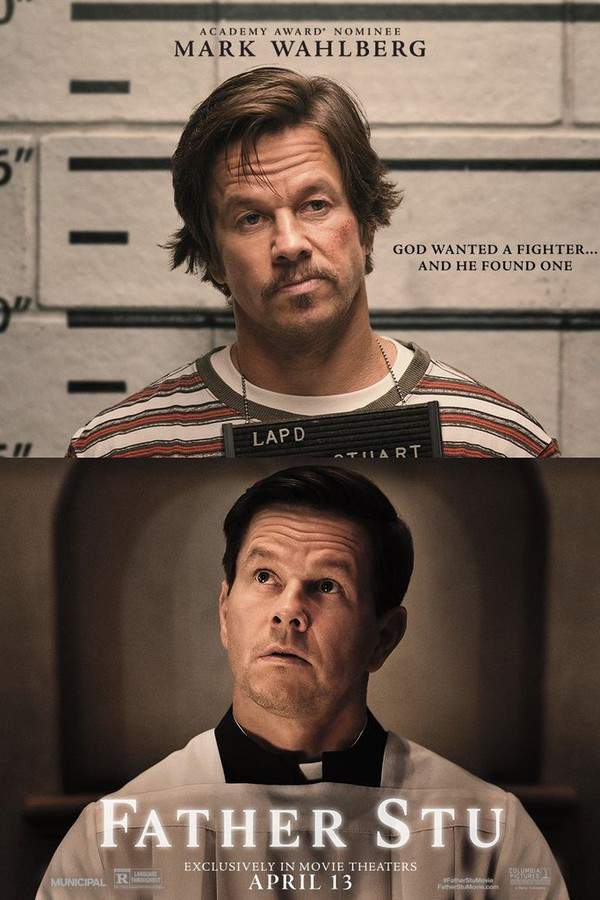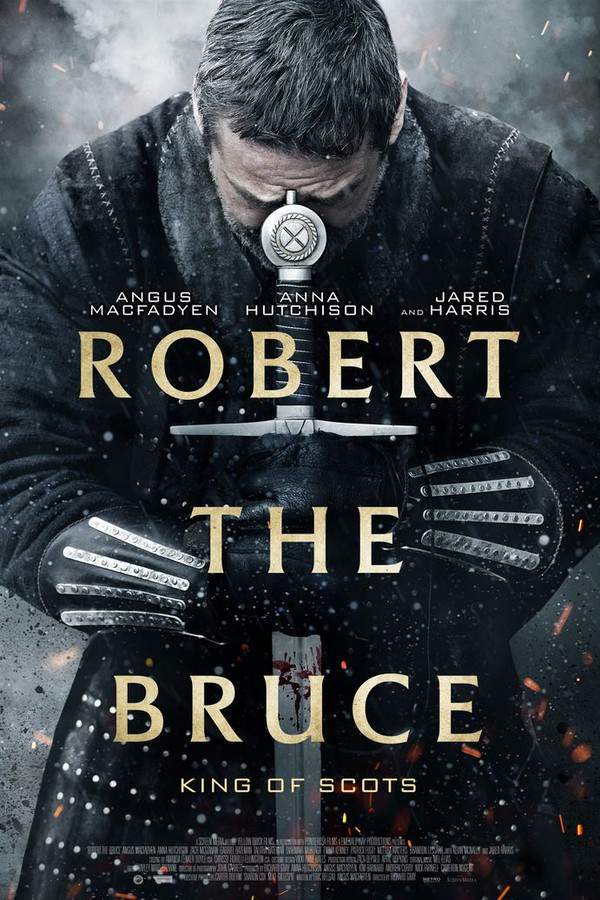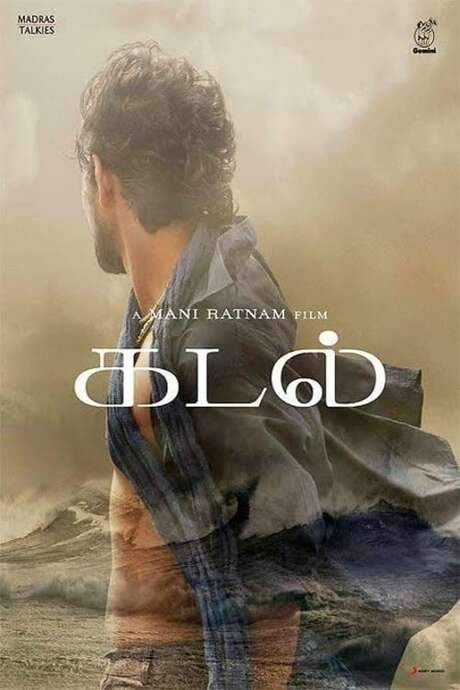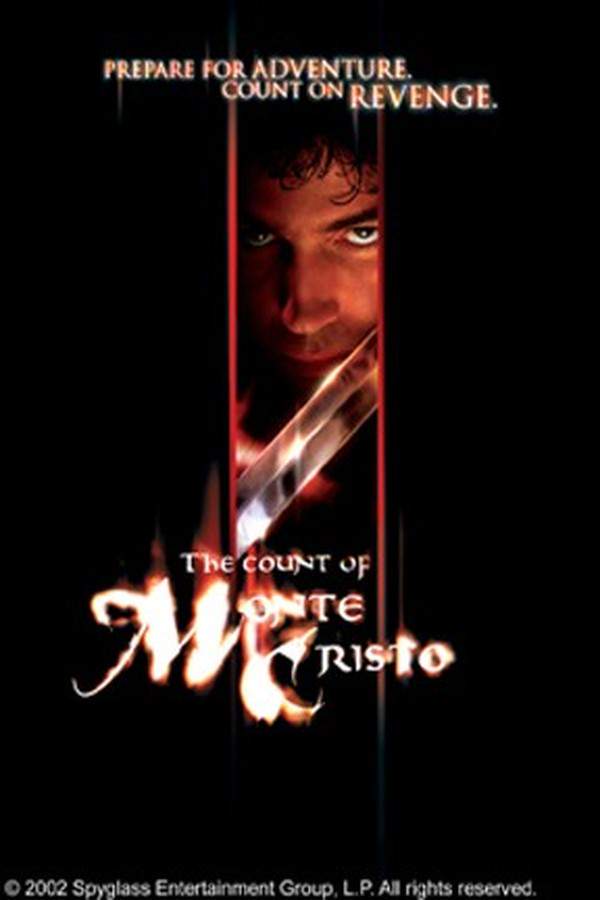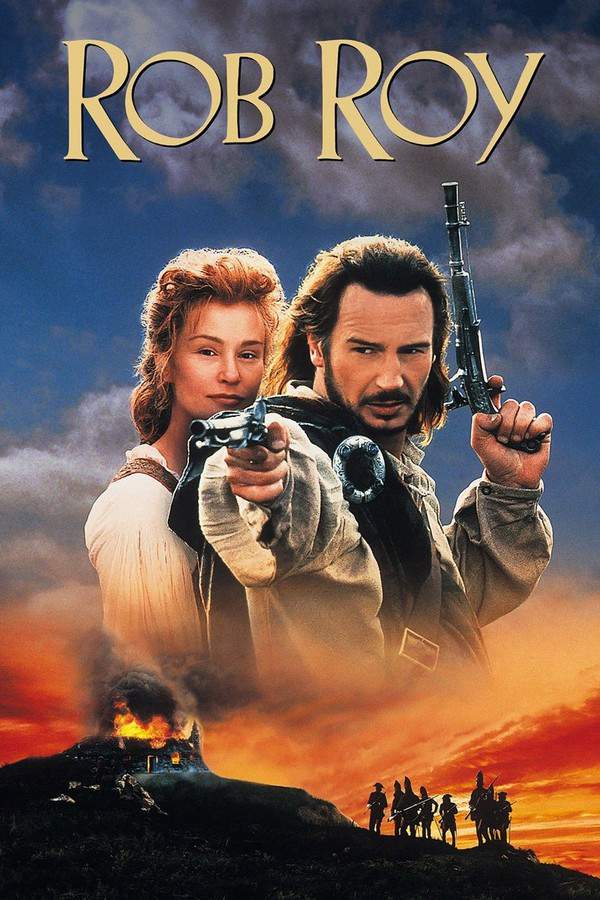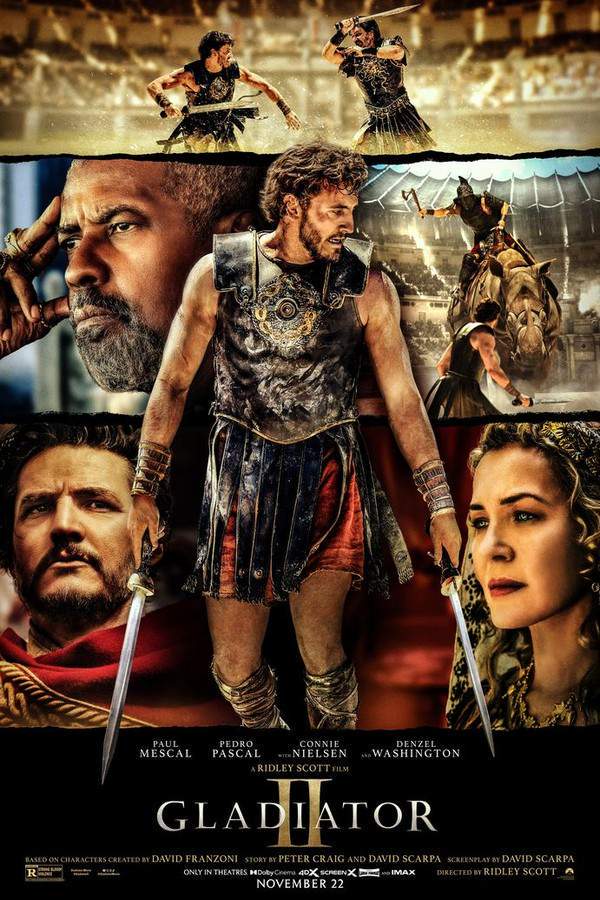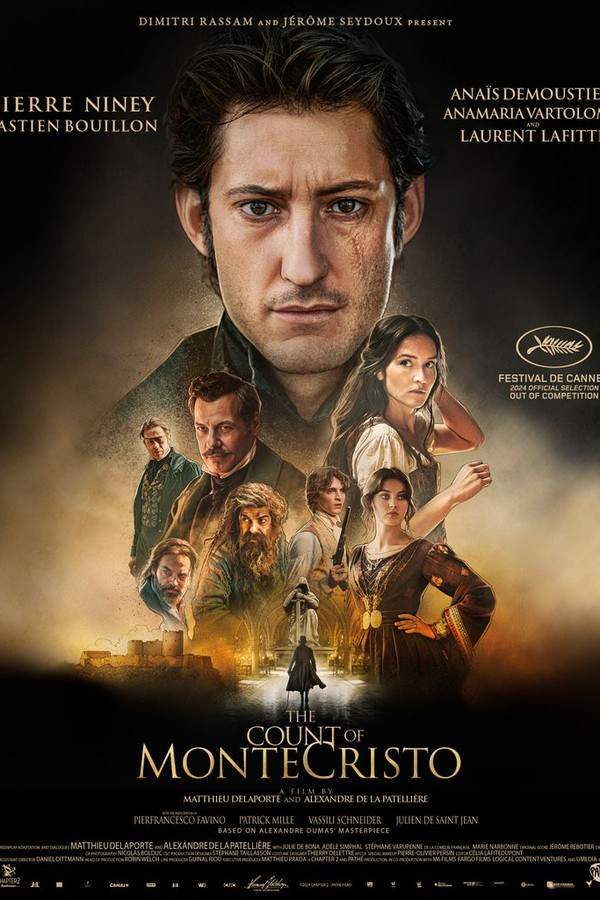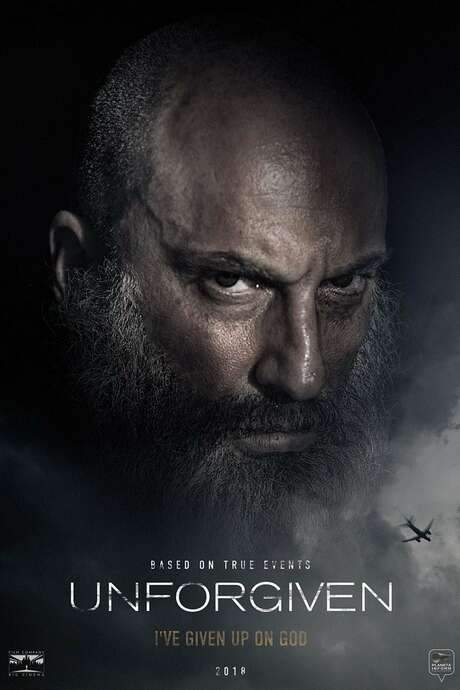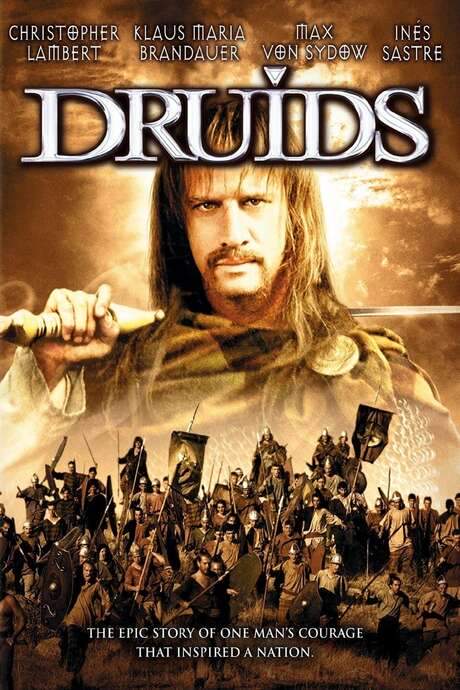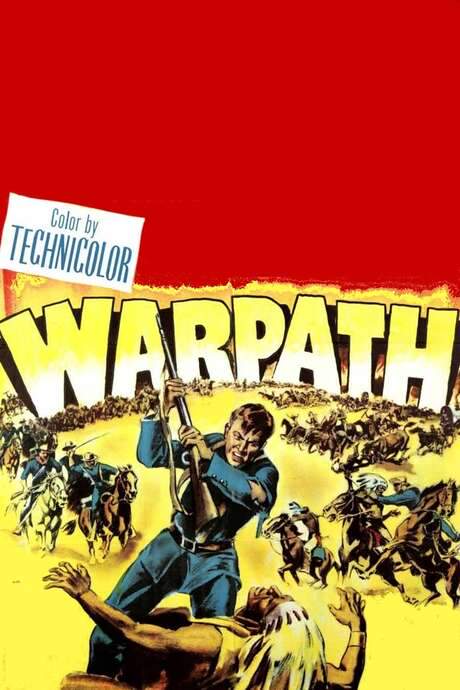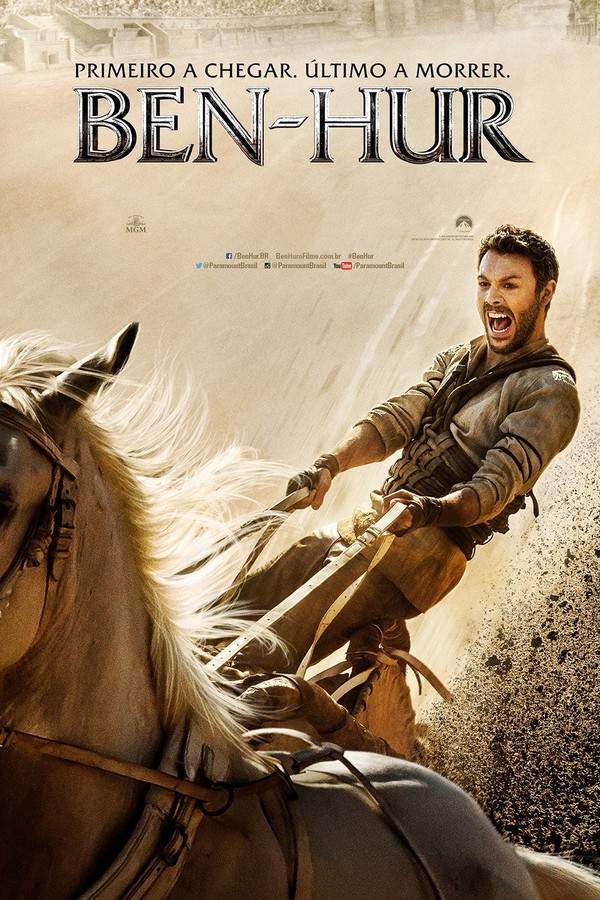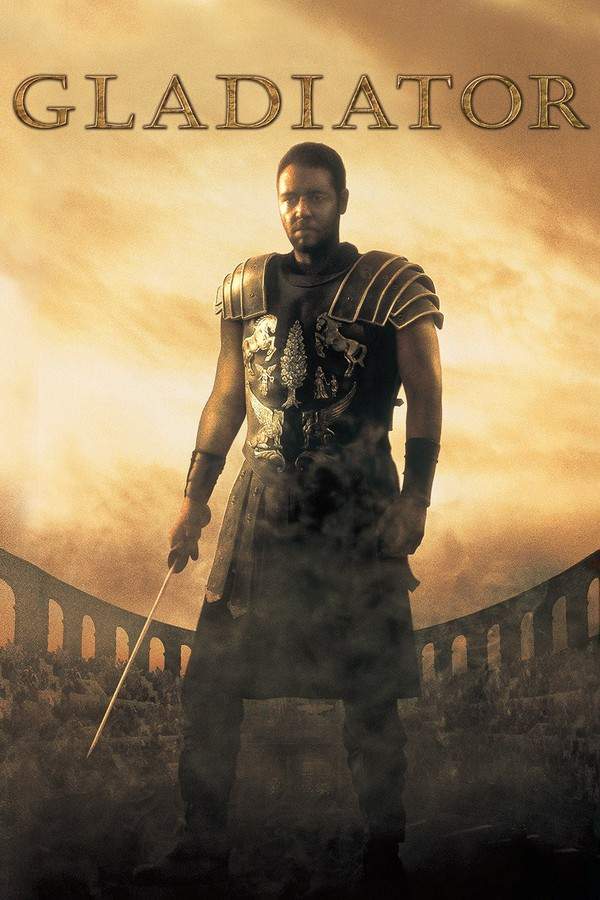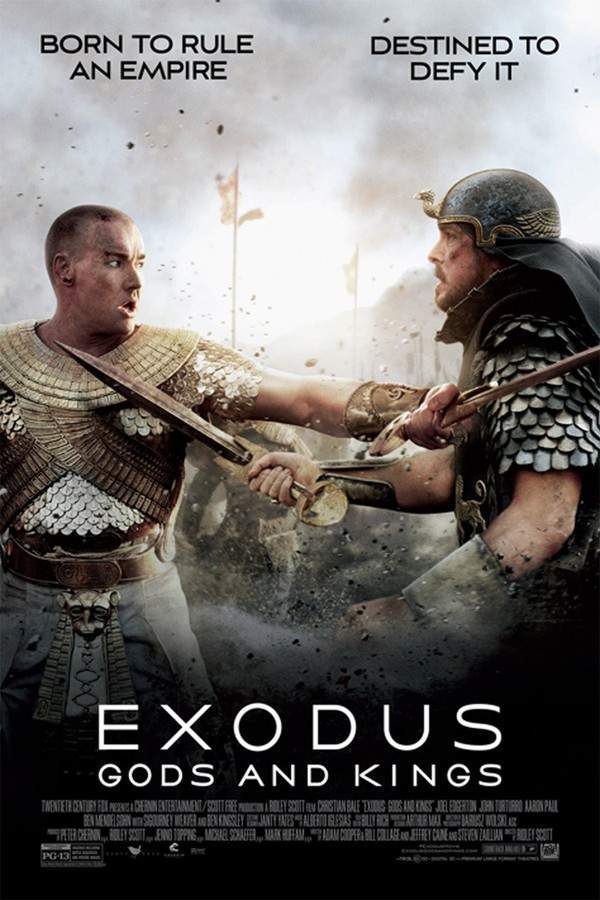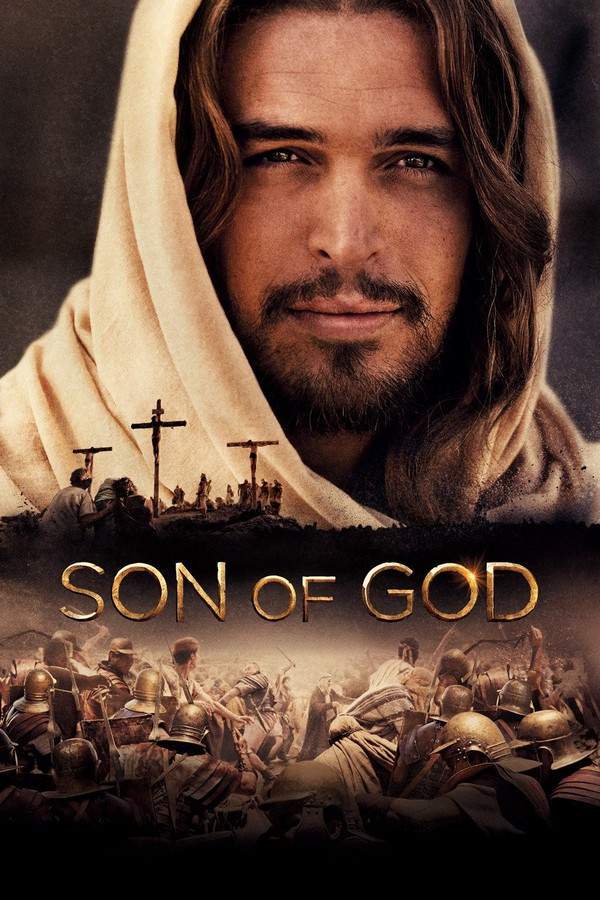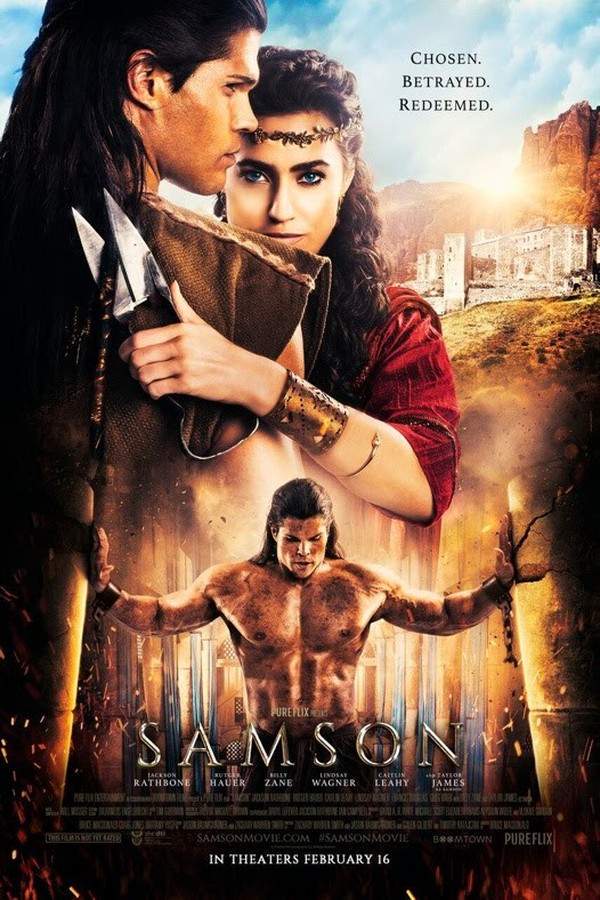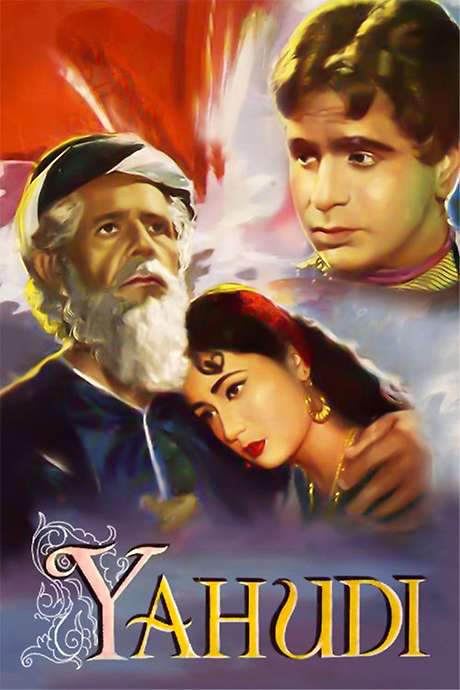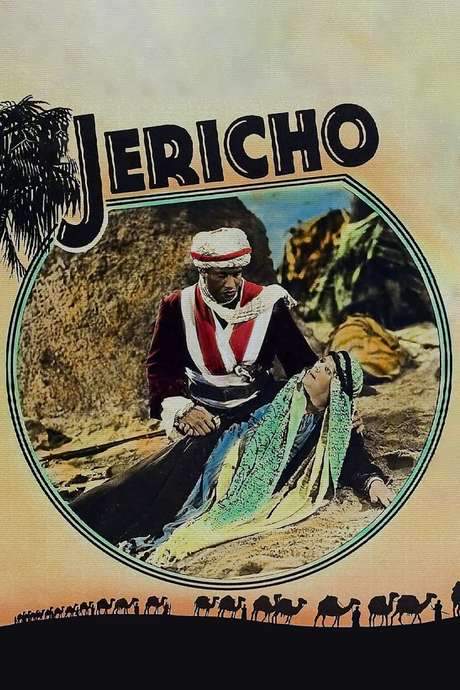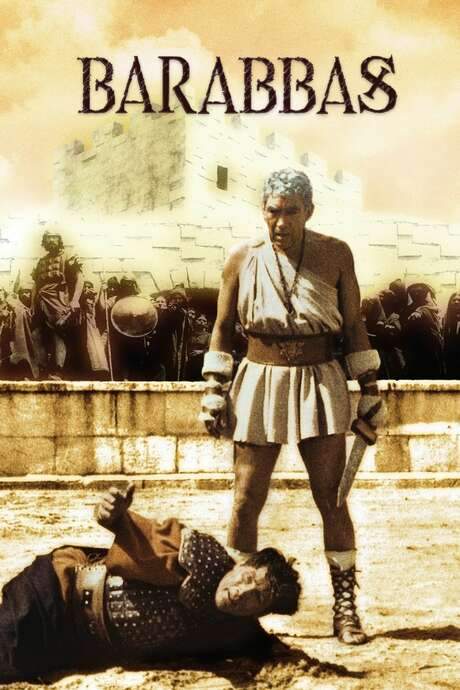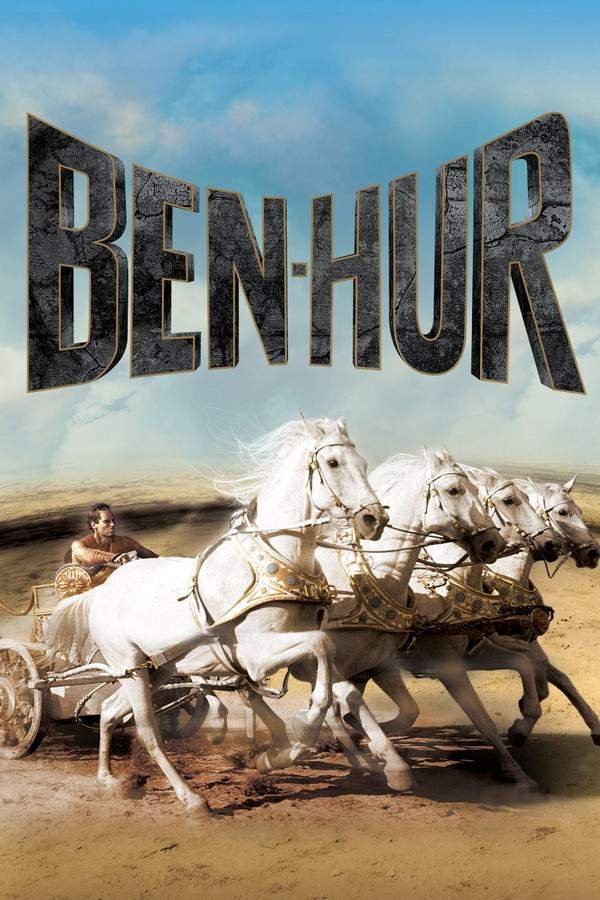
Ben-Hur
Year: 1959
Runtime: 212 min
Language: English
Director: William Wyler
Budget: $15M
In ancient Jerusalem, Judah Ben-Hur, a Jewish prince, experiences a devastating betrayal that strips him of his status and plunges him into slavery. Driven by an unwavering desire for justice and fueled by a longing for revenge, he embarks on a perilous journey to confront the former friend responsible for his downfall, a man he once considered a brother.
Warning: spoilers below!
Haven’t seen Ben-Hur yet? This summary contains major spoilers. Bookmark the page, watch the movie, and come back for the full breakdown. If you're ready, scroll on and relive the story!
Ben-Hur (1959) – Full Plot Summary & Ending Explained
Read the complete plot breakdown of Ben-Hur (1959), including all key story events, major twists, and the ending explained in detail. Discover what really happened—and what it all means.
After the iconic title sequence, on-screen text informs viewers that it is now AD 26. Judah Ben-Hur, portrayed by Charlton Heston, is a prosperous prince and merchant thriving in Jerusalem. His childhood companion, the Roman citizen Messala, played by Stephen Boyd, returns after a lengthy absence, now serving as the commander of the Roman garrison. While Messala embraces the glory and imperial might of Rome, Ben-Hur remains committed to his faith and the quest for freedom for the Hebrew people. When Messala seeks Ben-Hur’s assistance in naming Hebrews who speak out against Roman rule and is met with refusal, tension brews between the two.
Ben-Hur lives a harmonious life with his mother, Miriam (portrayed by Martha Scott), and sister, Tirzah (played by Cathy O’Donnell). Their devoted slave, Simonides (embodied by Sam Jaffe), is bustling with preparations for his daughter’s arranged marriage to Esther (performed by Haya Harareet). In a heartfelt moment, Ben-Hur grants Esther her freedom as a gift for her wedding, revealing their deep affections, even as she is poised to wed another.
During a grand procession for the newly appointed governor of Judea, Valerius Gratus, a mishap occurs when a tile from Ben-Hur’s roof falls, causing Gratus to tumble from his horse. Although Messala recognizes it as an accident, he unjustly punishes Ben-Hur by sending him to the galleys and imprisoning his mother and sister to instill fear within the Hebrew community. Ben-Hur, vowing vengeance for their suffering, finds himself parched and faint when a local carpenter—understood by the audience to be Jesus—offers him water while he is enslaved.
After enduring three years as a galley slave, Ben-Hur finds himself assigned to the flagship of the Roman Consul Quintus Arrius (played by Jack Hawkins), who is on a mission to eradicate a fleet of Macedonian pirates. Arrius, impressed by Ben-Hur’s remarkable self-discipline, invites him to be trained as either a gladiator or a charioteer. Ben-Hur humbly declines, expressing his faith that divine assistance will lead him on his path of revenge.
As the Roman fleet meets the Macedonians, Arrius orders all rowers except Ben-Hur to be chained. The battle takes a dire turn, and Arrius’ vessel is rammed and sunk. Displaying heroism, Ben-Hur unshackles the other rowers, saving Arrius from drowning. Despite assuming defeat, Arrius is rescued alongside Ben-Hur, and the senator receives credit for victory when he returns to Rome. He successfully advocates for Ben-Hur’s release, even adopting him as a son. Years pass, and Ben-Hur, now affluent, learns the Roman way of life and continues to excel as a charioteer, yet longs for the companionship of his family.
Upon his return to Judea, Ben-Hur encounters Balthasar (portrayed by Finlay Currie) and an Arab sheikh named Ilderim (played by Hugh Griffith). The sheikh, having heard of Ben-Hur’s exceptional skills as a charioteer, persuades him to drive his Quadriga in an upcoming race for the new Judean governor, Pontius Pilate (interpreted by Frank Thring). Initially hesitant, Ben-Hur alters his decision upon learning that Messala will be a competitor.
Back at his home in Jerusalem, Ben-Hur reconnects with Esther, discovering that her arranged wedding never took place and that she still harbors feelings for him. When he confronts Messala to secure the release of his mother and sister, he learns of their tragic fate—contracting leprosy during their imprisonment. The Romans cast Miriam and Tirzah from the city, leading Esther to conceal the painful truth from Ben-Hur, claiming that his family has perished.
As the much-anticipated chariot race unfolds, Messala employs dangerous methods, affixing blades to his chariot to wreak havoc on opposing racers. In a fierce and chaotic contest, Messala’s reckless pursuit results in his own demise, while Ben-Hur emerges victorious. With his last breath, Messala reveals, “>the race is not over” and indicates where Ben-Hur might find his family, urging him to “recognize them” in the Valley of the Lepers. Ben-Hur eventually visits the leper colony, where he glimpses his mother and sister from afar.
Esther, moved by Jesus’ teachings during the Sermon on the Mount, shares his message of peace and redemption with Ben-Hur. Finding bitterness in the Roman regime’s oppression of his family, Ben-Hur renounces his ties to Roman citizenship. After discovering that Tirzah is gravely ill, Ben-Hur and Esther seek out Jesus for his healing touch, but they arrive amidst the trial of Jesus before Pontius Pilate. In a profound moment, Jesus stumbles before Ben-Hur during his procession to Golgotha, provoking an emotional reaction as Ben-Hur tries to provide Him with water.
As he witnesses the heart-wrenching crucifixion of Jesus, Ben-Hur experiences a transformation. His mother and sister, miraculously healed, reunite with him. Ben-Hur shares with Esther how he felt Jesus’ words of forgiveness pierce his heart while he was on the cross: “I felt His voice take the sword out of my hand.” The film culminates in a poignant image of the empty crosses at Calvary, accompanied by a shepherd guiding his flock, underscoring themes of hope and redemption.
Last Updated: November 02, 2024 at 11:48
Explore Movie Threads
Discover curated groups of movies connected by mood, themes, and story style. Browse collections built around emotion, atmosphere, and narrative focus to easily find films that match what you feel like watching right now.
Spiritual Redemption Stories Like Ben-Hur
Stories of profound personal transformation through immense hardship and suffering.For viewers who appreciated the profound spiritual journey in Ben-Hur, this section features movies like it, where characters endure immense suffering to find ultimate redemption. These similar epic dramas and historical tales explore themes of faith, forgiveness, and transformation against a backdrop of great personal cost.
Narrative Summary
The narrative follows a protagonist through a devastating fall from grace—often involving betrayal, injustice, or personal tragedy—into a period of intense physical or emotional suffering. This hardship becomes a transformative experience, forcing a confrontation with their own values and leading to a climactic moment of forgiveness, atonement, or spiritual awakening, resulting in a deeply meaningful, if not entirely happy, conclusion.
Why These Movies?
These films are grouped together because they share a specific emotional and thematic arc: the movement from deep despair toward spiritual light. They balance high emotional intensity with a fundamentally hopeful tone, creating a powerful, cathartic viewing experience centered on the human capacity for change and grace.
Epic Revenge Stories Like Ben-Hur
Grand-scale stories driven by a singular, all-consuming quest for vengeance.If you loved the high-stakes revenge plot and grand scale of Ben-Hur, explore these movies with similar narratives. Discover other epic dramas and historical adventures where a hero's journey is fueled by betrayal and a relentless drive for justice, featuring intense action and emotional depth.
Narrative Summary
The plot hinges on a catalyzing act of betrayal by a close ally or authority figure, which strips the protagonist of their status, family, or freedom. The core of the story is their determined, often physically grueling, ascent back to a position of power, culminating in a direct, high-stakes confrontation with their betrayer. The journey is as much about reclaiming identity as it is about achieving vengeance.
Why These Movies?
These films share a powerful narrative engine: the revenge arc. They feature a steady pacing that builds methodically towards a climactic showdown, high emotional intensity fueled by righteous anger and loss, and a focus on the moral and physical costs of pursuing vengeance on an epic scale.
Unlock the Full Story of Ben-Hur
Don't stop at just watching — explore Ben-Hur in full detail. From the complete plot summary and scene-by-scene timeline to character breakdowns, thematic analysis, and a deep dive into the ending — every page helps you truly understand what Ben-Hur is all about. Plus, discover what's next after the movie.
Ben-Hur Timeline
Track the full timeline of Ben-Hur with every major event arranged chronologically. Perfect for decoding non-linear storytelling, flashbacks, or parallel narratives with a clear scene-by-scene breakdown.

Characters, Settings & Themes in Ben-Hur
Discover the characters, locations, and core themes that shape Ben-Hur. Get insights into symbolic elements, setting significance, and deeper narrative meaning — ideal for thematic analysis and movie breakdowns.

Ben-Hur Spoiler-Free Summary
Get a quick, spoiler-free overview of Ben-Hur that covers the main plot points and key details without revealing any major twists or spoilers. Perfect for those who want to know what to expect before diving in.

More About Ben-Hur
Visit What's After the Movie to explore more about Ben-Hur: box office results, cast and crew info, production details, post-credit scenes, and external links — all in one place for movie fans and researchers.

Similar Movies to Ben-Hur
Discover movies like Ben-Hur that share similar genres, themes, and storytelling elements. Whether you’re drawn to the atmosphere, character arcs, or plot structure, these curated recommendations will help you explore more films you’ll love.
Explore More About Movie Ben-Hur
Ben-Hur (1959) Scene-by-Scene Movie Timeline
Ben-Hur (1959) Movie Characters, Themes & Settings
Ben-Hur (1959) Spoiler-Free Summary & Key Flow
Movies Like Ben-Hur – Similar Titles You’ll Enjoy
Ben-Hur (2016) Full Summary & Key Details
Gladiator (2000) Ending Explained & Film Insights
Exodus: Gods and Kings (2014) Complete Plot Breakdown
Son of God (2014) Detailed Story Recap
Samson (2018) Film Overview & Timeline
Ben Hur (2003) Spoiler-Packed Plot Recap
Ben-Hur: A Race to Glory (1992) Plot Summary & Ending Explained
Ben-Hur: A Tale of the Christ (1925) Movie Recap & Themes
Salome (1953) Film Overview & Timeline
Behold the Man (1935) Movie Recap & Themes
The Robe (1953) Full Movie Breakdown
Herod the Great (1959) Plot Summary & Ending Explained
Yahudi (1958) Spoiler-Packed Plot Recap
Jericho (1937) Spoiler-Packed Plot Recap
Barabbas (1961) Detailed Story Recap

